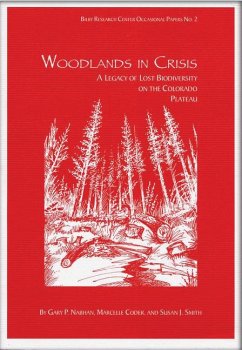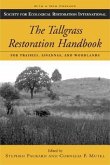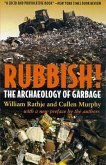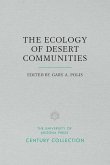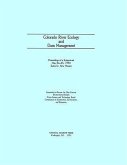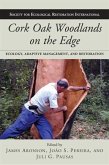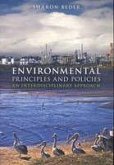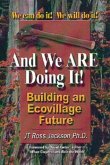In recent years, the West has suffered from unprecedented stand-replacing wildfires, and the government has invested more money in preventative forest thinning than ever before. This forest crisis has led to much controversy over the Healthy Forests legislation passed by Congress in 2003. On the Colorado Plateau, it has also spurred heated debates regarding the degree to which thinning can truly serve to restore wooded habitats. This book offers a primer for understanding how diverse land-use histories have impacted the health of pinedominated ecosystems in the West and points to measures for better managing them in the future. It draws on a systematic review of the historic effects of land use and climate on ecosystem health, biodiversity, and non-timber forest products in areas of the Colorado Plateau that have long histories of human occupation and use of forest products. The authors evaluate the degree to which livestock grazing and other land uses have historically reduced the frequency, severity and areal extent of fires, the species richness of understory plants, and the availability of nontimber forest products formerly harvested by Native. Hispanic and Anglo American communities By examining the many natural and cultural influences upon biodiversity and ecosystem health, a much more robust and site-specific understanding of each place is possible. With improved and localized information, management decisions can be guided by a deeper and broader understanding of reference conditions, current threats, and goals for management and restoration. Now that there is new support for forest management, this book considers how that support can be used not merely to reduce the frequencyof property-damaging fires over the short-term, but to restore the overall health and diversity of our woodlands.
Hinweis: Dieser Artikel kann nur an eine deutsche Lieferadresse ausgeliefert werden.
Hinweis: Dieser Artikel kann nur an eine deutsche Lieferadresse ausgeliefert werden.

